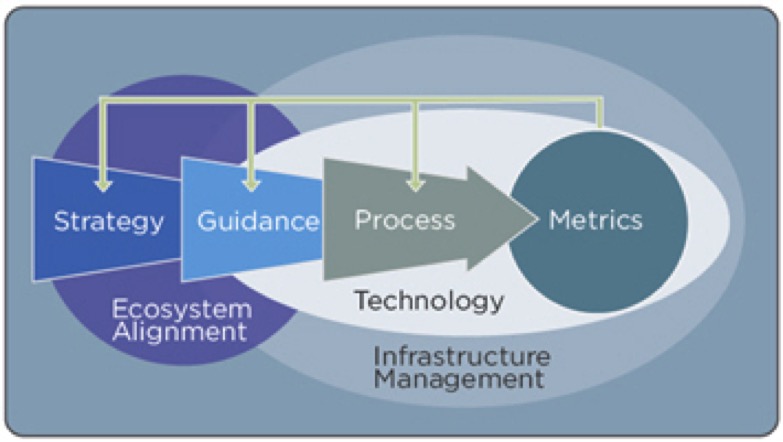 Value creation is the ultimate measure of success in business: value to customers, shareholders, alliances, employees, and the community at-large. In the quest to be best, follow the money, or better yet, be the one that enables value (money, capability, opportunity) to be created.
Value creation is the ultimate measure of success in business: value to customers, shareholders, alliances, employees, and the community at-large. In the quest to be best, follow the money, or better yet, be the one that enables value (money, capability, opportunity) to be created.
Marketing Operations is a role that can facilitate the whole Marketing organization in value creation. Here are 7 secrets for success:
1. Know which side your bread is buttered on
It’s a fact of life that you get ahead faster when you cater to whoever holds the purse strings. For Marketing, that’s first and foremost your customers. If your marketing is out of sync with content, timing, and methods that customers prefer, there’s not much point.
Always start with WHO. This applies not only to messaging, but also to your strategic plans, tactical plans, process designs, people, tools, performance measurement – really, everything that Marketing does. This analysis and management of stakeholder needs is also known as ecosystem.
2. Set your CMO up for success
Going hand-in-hand with the big picture of the ecosystem, the next layer in the bread-buttering hierarchy is enterprise objectives. Your CMO will be successful to the extent that the C-team perceives strong fit and contribution to their strategic goals.
This is the WHY of the Marketing organization. You can align everything in Marketing with what the C-suite cares about by using a technique called cascading objectives. It’s the logical starting point for all marketing plans and performance monitoring. This orientation is the basis for your Marketing strategy.
3. Be a strategic enabler
Someone needs to ensure the strategy comes to life, and that’s you. See yourself as a facilitator of Marketing’s success. Standards and oversight to help all marketers achieve enterprise goals are the WHAT of your role.
It’s not about bureaucracy, but rather, connecting dots between strategy and execution, connecting people, connecting diverse data, and connecting interdependent processes. This is also known as governance or guidance.
4. Formalize the methods to your madness
Process diagrams and procedures go a long way in accelerating necessities like onboarding, minimizing duplication of resources and effort across geographies and lines of business, and maintaining know-how when key persons depart.
This is the HOW for your delivery of the why and the what for the who. Everyone’s work methods in Marketing comprise processes.
5. Remember: What gets measured gets done
Help every Marketing sub-function select metrics that monitor early signals in their work. Typically, metrics are focused at the extremes of the spectrum: click-throughs (activity) and revenue (outcome). Don’t confuse outputs of a process to be early signals. These are junctures within a group’s work that signify potential re-work or scrap, or otherwise, potential successful outputs and outcomes.
This is the SO WHAT? of everything Marketing does. By monitoring early signals before stakeholders can see outputs and outcomes, marketers are empowered to make adjustments that are efficient and effective. Measurement of progress is commonly known as metrics.
6. Prevent accelerators from becoming imploders
Technology is intended to be an accelerator of everything. Select technology per who, why, how, what, and so what. When it’s selected in a vacuum, or without a firm understanding of the preceding, technology often derails strategy.
Rushing to technology prematurely typically requires people and processes to bend in ways that aren’t sustainable. Conversations are taken over by what’s needed by the technology, instead of what’s needed for strategic opportunities. Make technology choices wisely to ensure Marketing’s strategic impact.
7. Ensure the horse is before the cart
The combination of processes, metrics, and technology forms Marketing’s infrastructure: the vehicle to get from point A to point Z. This is the means for all the moving parts to function as intended. Remember that who, why, and how – ecosystem, strategy, and guidance – inform the necessary characteristics of infrastructure.

The seven secrets of the best Marketing Operations teams fit together as shown in this framework.Notice the flow beginning with the ecosystem. Metrics, especially early signals, indicate what needs to be adjusted in every component of the framework.
In our benchmark study, Journey to Marketing Operations Maturity, this framework represented the secrets of the best Marketing Operations teams, and is your path to value creation. It’s the lifeblood of your enterprise. In turn, it’s the ultimate measure of your success.
Originally published by Wrike.
Image licensed to ClearAction by Shutterstock.



